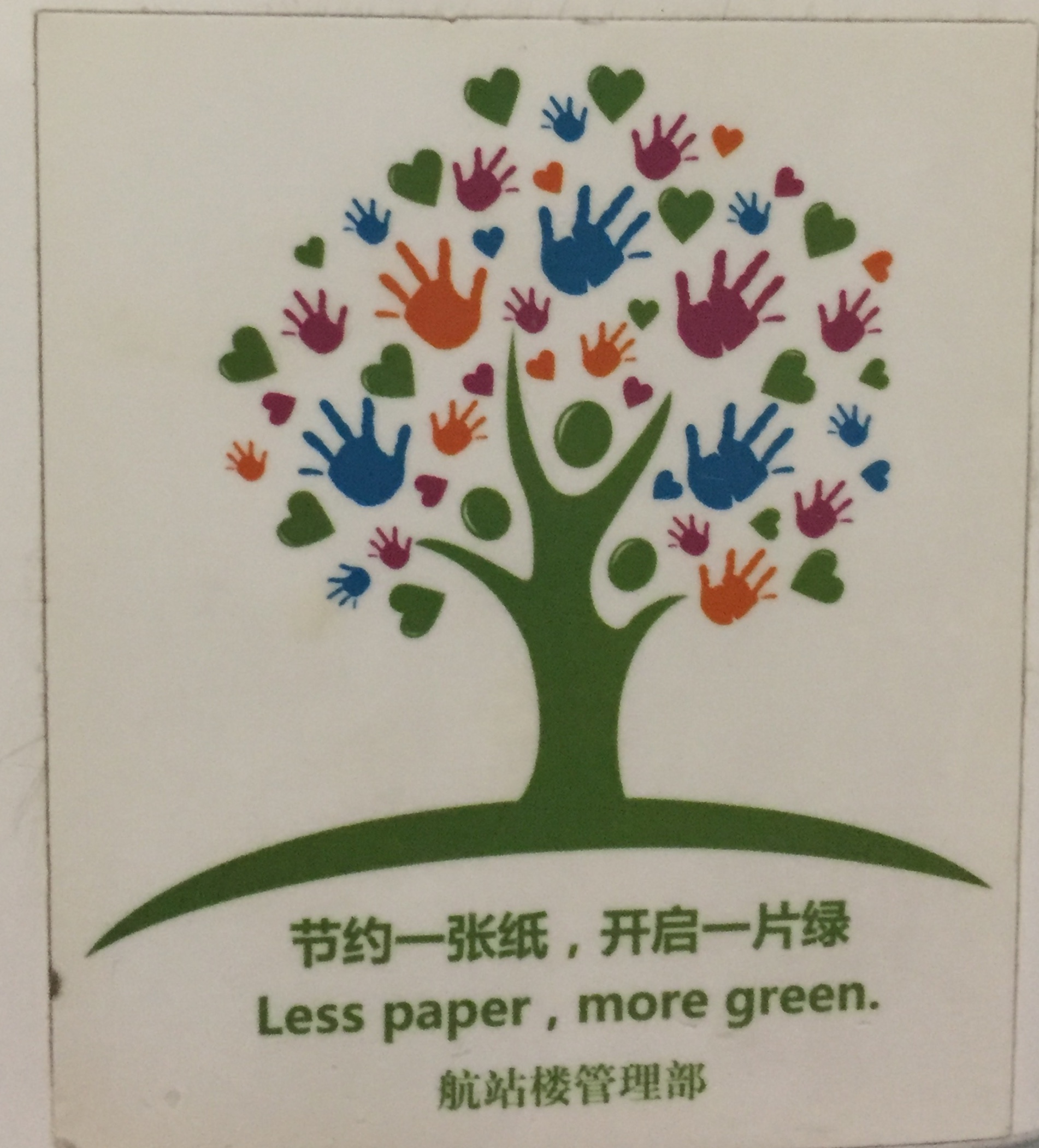 Climate Change and Me: How Culture Informs My Carbon Footprint
by Megan Ferry
Climate Change and Me: How Culture Informs My Carbon Footprint
by Megan Ferry
created on Aug 07, 2018 modified on Dec 26, 2020 05:41
This 7-8 week project is designed for Chinese Intermediate learners with intermediate- mid/high to advanced-mid proficiency (mixed levels).
Learners will investigate the human effects of climate change in collaboration with the Union College U-Sustain Committee and Chinese students (college or middle school) in order to compare, analyze and address the cultural differences in approaching actions to combat climate change.
Academically, learners will engage in sustained inquiry about the environment and ecology in Chinese based on data and the learners’ interests. As the project unfolds, learners will use the target language to describe, inquire, state an opinion, hypothesize about the future state of our planet due to human-induced climate change brought about by economic growth, and articulate a personal plan of action as well as suggestions for actions other individuals can take to reduce their carbon footprint, using grammatical structures and language patterns related to opinion-making, hypotheses, comparisons, and suggestions, and vocabulary related to the topic of climate change, energy consumption and conservation, economic development and growth.
Culturally, learners will engage in:
· observing different values, opinions, actions while interacting with Union College’s U-Sustain Committee and Chinese student populations on campus or at a local middle school
· learning about sustainability actions by individuals in China through interviews with Chinese classmates, a video on an action college students took to draw attention to disposable chopsticks, government PSAs, and a documentary
Major activities include: interviewing on-campus individuals and groups about steps already taken at Union College for sustainability and Chinese student understanding and reactions to the problem of climate change, as well as inquiry as to their plans for involvement in sustainability at Union, analysing texts, including video, song, PSAs, and social media. Students will work in teams to anticipate, brainstorm, create, negotiate, and revise knowledge about their target audience and final project to share with the target audience.
The project product is two-fold: 1) will be a personal plan of action which can be in written, an infographic, or oral video format, as well as 2) a team-designed product which will be shared with the audience target listed above. The team will determine the final product in consultation with the instructor (such as a presentation, class hour, or roundtable discussion, a welcoming newsletter or other product to incoming first-year students from China, a product that can be sent to a Chinese university counterpart, or a middle school ESL community in a nearby county. The final product must demonstrate the important role culture plays in determining actions and desired outcomes as a means to encourage more students of color to participate in climate action on campus and in our communities.
1. Knowing Your Audience - Design course materials related to student interests (hobbies, majors, student clubs, etc.) and experiences (rural life, volunteering, work). more detail
2. Entry Event: The Mission - This activity starts the project by having students complete a mission and to read up on background information. more detail
3. Entry Event Part 2: The Issues - This activity provides students sets up the issues with background information that will get students to talk about the subject. more detail
4. The Causes and Effects of Climate Change - The next series of tasks familiarizes students with the science of climate change and introduces relevant vocabulary and expressions. more detail
5. Action Against Climate Change: National - Students study and discuss public service announcements (PSA) about energy conservation. more detail
6. Action to Combat Climate Change: College Campus - Students study and discuss college campuses in PRC and Taiwan and compare/contrast with actions taken on their home campus. more detail
7. What Beijing is Doing to Combat Climate Change - Students read an article on how Beijing's government is combating air pollution. more detail
8. Data and Statistics on Energy Consumption - Students read data and statistics on China and US energy consumption to analyze the comparative difference in energy consumption per capita and land mass. more detail
9. Cultures and Sustainability Habits - Students watch one episode of a PRC television program to study media representation of different national minority groups and ecology in China. more detail
10. Cultural Comparisons on Climate Change Action - Students compare and contrast US and Chinese government and individual responses to, and solutions for, combating climate change the ideologies behind those actions. more detail
1. Inquiry - Students inquire about sustainability culture on campus or community of target audience more detail
2. Analysis - Students use analysis from "launching project" activities in order to strategize effective ways to introduce Chinese students to sustainability culture in the US. more detail
3. Think and Act - A sentence that summarizes this task. more detail
1. Rubrics, Handouts, and Resources - These are the kinds of rubrics, handouts, and resources used for the project more detail
1. Final Write-up - Students reflect on what they learned about the role culture plays in their actions regarding climate change and sustainability actions. more detail